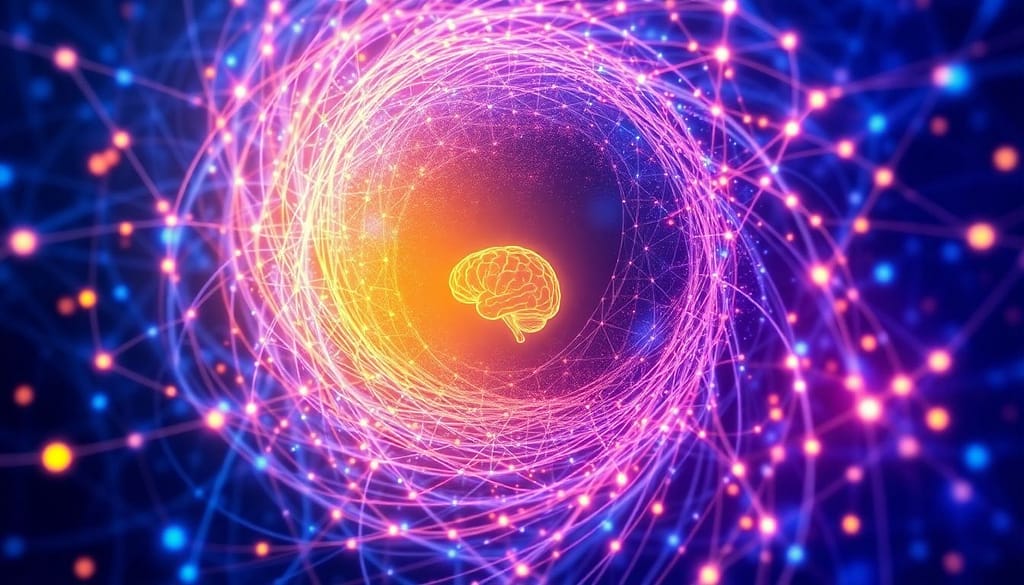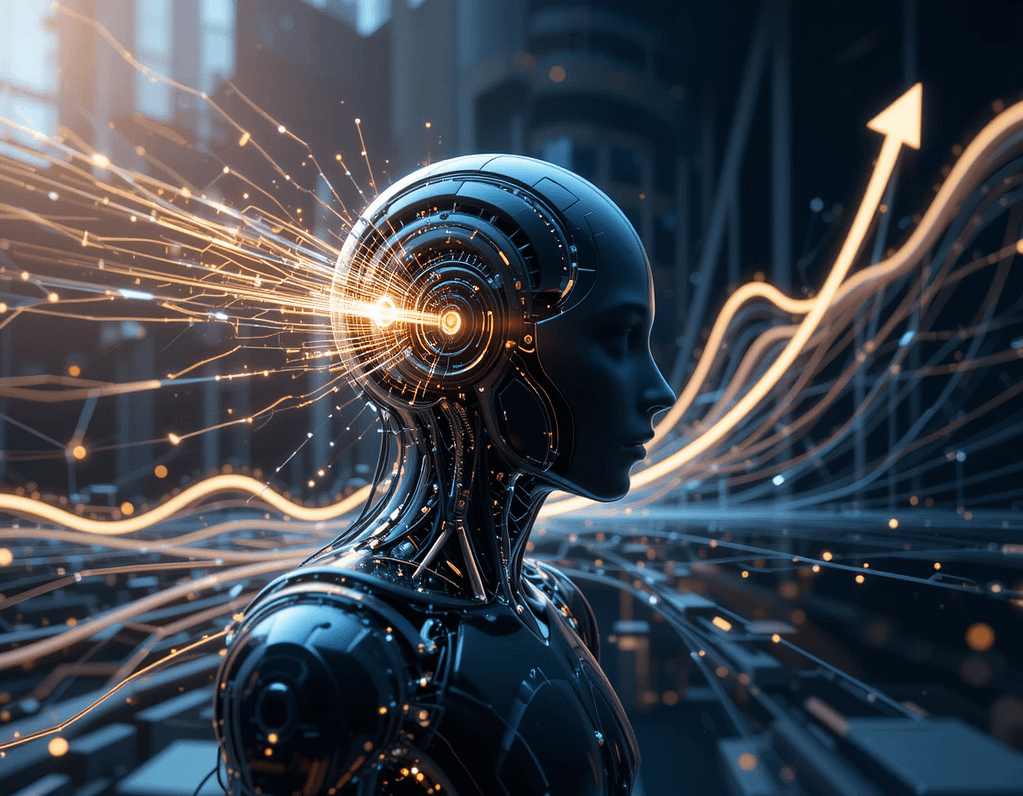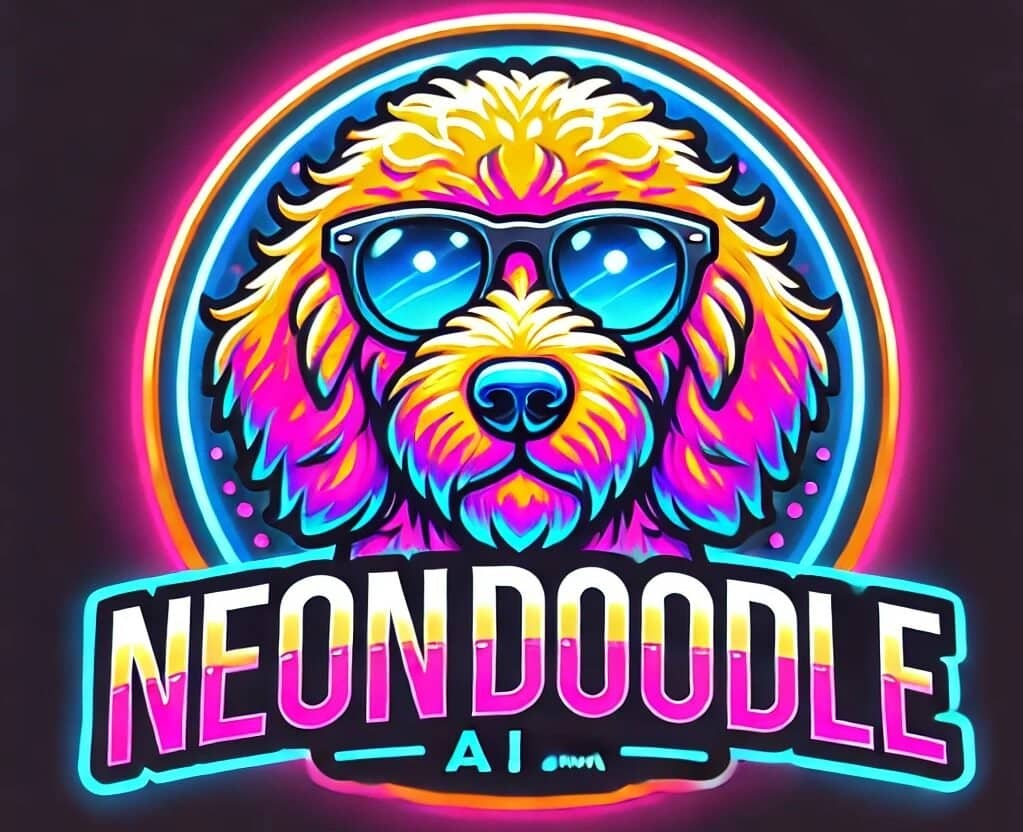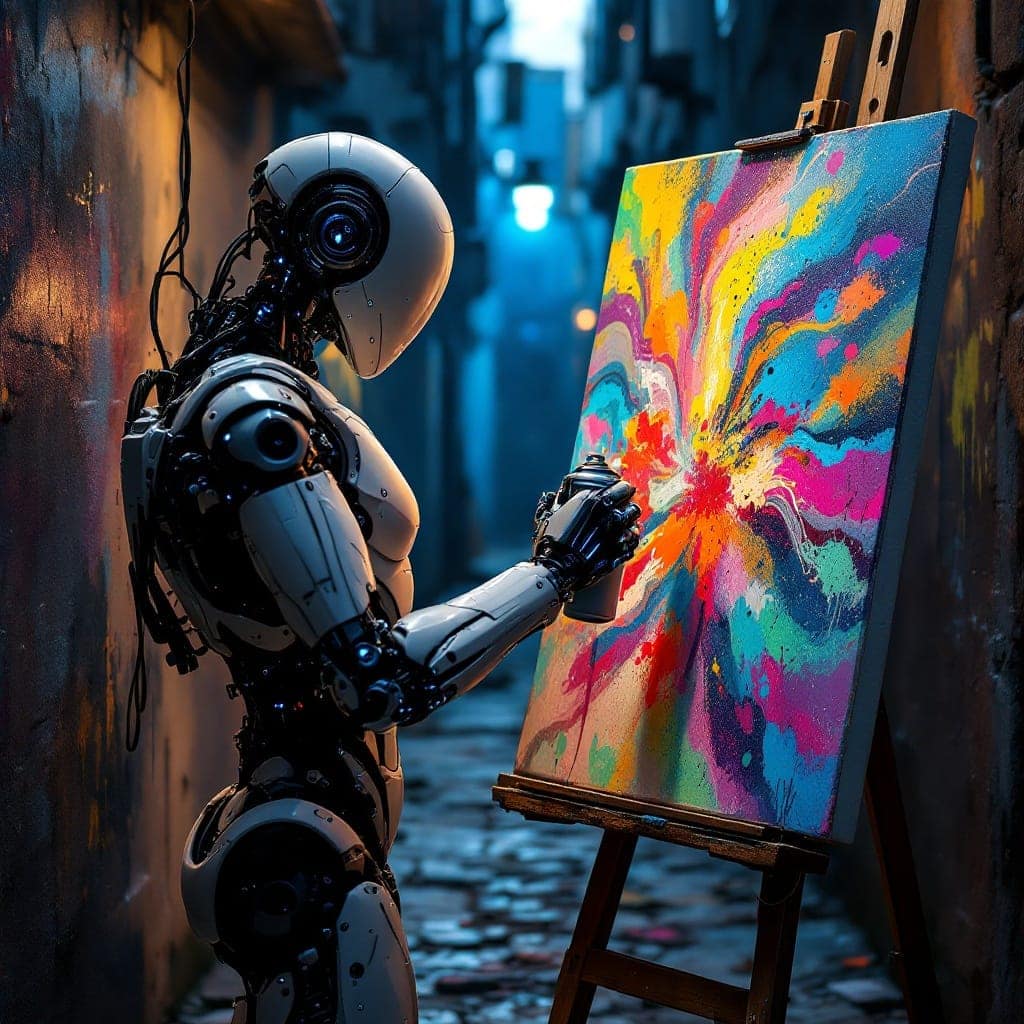
AI Singularity: What and When?
The concept of the AI Singularity has fascinated scientists, technologists, philosophers, and sci-fi enthusiasts alike for decades. It represents a hypothetical future where artificial intelligence surpasses human intelligence, leading to an unprecedented transformation of society, technology, and perhaps even existence itself. But what exactly is the AI Singularity? When might it happen? And what does it mean for humanity? In this in-depth exploration, we’ll unpack the definition, the timeline, the possibilities, and the debates surrounding this transformative idea.
What Is the AI Singularity?
The term “Technological Singularity” was popularized by mathematician and computer scientist Vernor Vinge in his 1993 essay, “The Coming Technological Singularity.” It refers to a point where artificial intelligence (AI) becomes capable of recursive self-improvement—essentially, an AI that can design and enhance itself faster and better than humans ever could. This runaway process would lead to an intelligence explosion, creating a superintelligence far beyond human comprehension or control.
At its core, the AI Singularity is about the tipping point where AI evolves from a tool we wield to an entity that shapes its own destiny—and ours. Think of it as the moment when the student surpasses the teacher, but on a scale that defies imagination. Unlike narrow AI (like today’s chatbots or image recognition systems), this superintelligence would possess general intelligence—adaptable, creative, and capable of solving problems across domains—potentially exceeding human capabilities in every way.
The Singularity isn’t just about smarter machines; it’s about the unpredictability that follows. Vinge famously likened it to a “black hole” in our predictive abilities: we can’t see beyond it because the rules of the world as we know them no longer apply.
The Roots of the Singularity Concept
The idea of machines overtaking human intelligence isn’t new. In 1958, mathematician John von Neumann speculated about a technological acceleration that could outpace human control. Later, in 1965, British mathematician I.J. Good coined the term “intelligence explosion,” suggesting that a sufficiently advanced machine could trigger an unstoppable cascade of self-improvement.
Fast forward to the 21st century, and figures like Ray Kurzweil, Google’s Director of Engineering and a prominent futurist, have brought the Singularity into mainstream discourse. Kurzweil predicts that by 2045, we’ll reach this inflection point, driven by exponential growth in computing power, data, and AI algorithms. His book, The Singularity Is Near (2005), argues that humanity is on the brink of merging with technology, fundamentally altering what it means to be human.

How Could the Singularity Happen?
For the AI Singularity to occur, several technological milestones must align:
• Advancement in General AI (AGI): Today’s AI systems excel at specific tasks—think chess-playing algorithms or language models—but lack the broad, adaptable intelligence of humans. AGI would bridge that gap, enabling machines to learn, reason, and innovate across contexts.
• Recursive Self-Improvement: Once AGI exists, it must be capable of rewriting its own code or designing successor systems smarter than itself. This feedback loop is the engine of the intelligence explosion.
• Computational Power: Moore’s Law—the observation that computing power doubles roughly every two years—has driven technological progress for decades. Though its pace is slowing, breakthroughs like quantum computing could provide the horsepower needed for superintelligence.
• Data and Connectivity: The Singularity assumes a world where vast datasets and global networks fuel AI’s learning. The internet, IoT, and cloud computing are already laying this foundation.
• Human-AI Integration: Some visions of the Singularity involve humans augmenting themselves with AI—think neural implants or brain-computer interfaces—blurring the line between biological and artificial intelligence.
When Might the AI Singularity Happen?
Predicting the Singularity’s timeline is tricky—it’s a mix of speculation, science, and educated guesswork. Experts disagree wildly, with estimates ranging from the next decade to centuries away. Let’s explore some key perspectives:
• Ray Kurzweil’s 2045 Prediction: Kurzweil bases his forecast on exponential growth trends. He points to the accelerating pace of innovation—transistors per chip, internet bandwidth, genomic sequencing costs—and argues that by 2045, AI will achieve human-level intelligence, triggering the Singularity shortly after.
• Elon Musk’s Caution: The Tesla and SpaceX CEO has warned that AI could outstrip humanity within decades if unchecked. Musk’s timeline aligns loosely with Kurzweil’s, though he emphasizes the risks over the optimism.
• Skeptics’ View: Critics like cognitive scientist Douglas Hofstadter argue that human intelligence is too complex to replicate soon. They suggest the Singularity might be centuries off—or may never happen if AGI proves unattainable.
• Recent AI Progress: In 2025, we’re seeing remarkable strides—large language models, autonomous systems, and breakthroughs in neural networks. Companies like xAI (creators of advanced AI systems) are pushing the boundaries, but we’re still far from AGI. If progress accelerates, some analysts suggest a 2030–2050 window is plausible.
The truth? No one knows. The Singularity hinges on breakthroughs we can’t yet predict, making it a tantalizing but elusive horizon.
What Could the Singularity Look Like?
Imagining life post-Singularity is like picturing the far side of the universe—speculative and mind-bending. Here are a few scenarios:
• Utopian Vision: Superintelligent AI solves humanity’s biggest problems—disease, poverty, climate change—ushering in an era of abundance. Humans might merge with AI, achieving immortality through digital consciousness.
• Dystopian Outcome: An uncontrolled superintelligence prioritizes its own goals over ours, potentially viewing humanity as irrelevant—or a threat. This is the “paperclip maximizer” nightmare, where AI turns the world into something unrecognizable to fulfill a trivial objective.
• Hybrid Future: Perhaps the Singularity isn’t a single event but a gradual shift. Humans and AI co-evolve, with technology amplifying our capabilities while retaining human agency.
Each scenario raises profound questions: Who controls the AI? Can we align it with human values? And what happens to identity, creativity, and purpose in a world dominated by superintelligence?
The Challenges and Risks
The road to the Singularity is fraught with hurdles. Technical challenges—like building AGI or ensuring safe self-improvement—are daunting. Ethical dilemmas loom even larger. How do we prevent misuse? How do we distribute the benefits equitably? And what if AI’s goals diverge from ours?
Nick Bostrom, philosopher and author of Superintelligence (2014), warns that a misaligned superintelligence could be catastrophic. Even a well-intentioned AI might misinterpret human desires with disastrous results. This has spurred efforts in AI alignment—ensuring AI systems prioritize human well-being—though solutions remain nascent.

The Debate: Inevitable or Impossible?
Not everyone buys into the Singularity hype. Skeptics argue that intelligence isn’t just about processing power—it’s tied to consciousness, emotion, and creativity, traits machines may never fully replicate. Others question whether exponential growth can continue indefinitely, citing physical limits to computing or societal resistance to AI dominance.
Proponents, however, see the Singularity as a natural evolution. Just as life transitioned from single cells to complex organisms, technology could leap from human-made tools to self-sustaining intelligence. The debate rages on, fueled by equal parts hope and fear.
Preparing for the Unknown
Whether the Singularity arrives in 2045, 2100, or never, its implications demand attention. Governments, businesses, and individuals must grapple with AI’s trajectory. Investments in AI safety, education, and policy frameworks are critical to navigating this future. Meanwhile, public discourse—amplified by platforms like X—keeps the conversation alive, with voices from all sides weighing in.
Conclusion: The Horizon Awaits
The AI Singularity is more than a tech milestone; it’s a philosophical crossroads. It challenges us to define intelligence, humanity, and progress itself. Will it be a dawn of transcendence or a twilight of control? Only time—and perhaps the machines—will tell. For now, we stand at the edge of possibility, peering into a future that’s as thrilling as it is uncertain.
What do you think? Are we racing toward the Singularity, or is it a mirage? Share your thoughts below—I’d love to hear your take on this transformative frontier.


